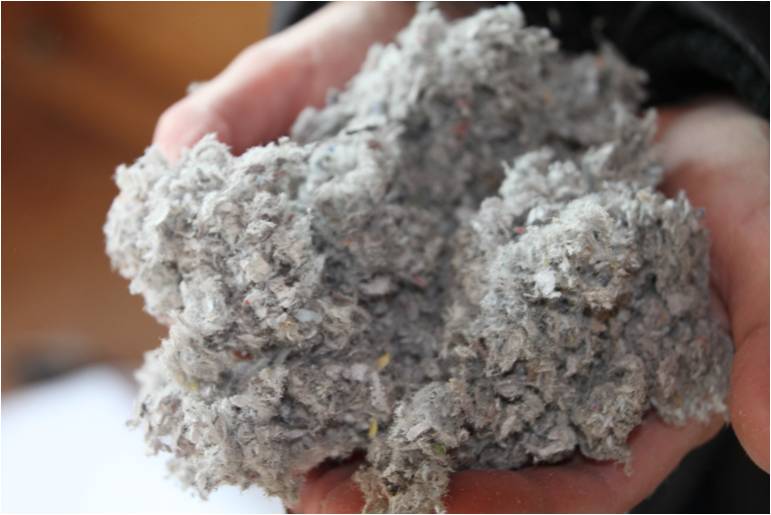
Insulation Removal
RPM provides insulation removal that is professional, fast, safe, and clean. We will let you know if a complete removal is necessary. When complete we can assist you with the re-installation.
So, why Remove Insulation?
Do you have poor air flow or issues with your current installation?
Smoke damage, water damage, insulation is contaminated with mold or animal debris, vermiculite or beginning a new renovation are all reasons you may need to remove old insulation.
We have the proper equipment and use the right specialized tools in order to remove your old and unwanted insulation.
The Types of Insulation We Remove:
Blown-In Fibreglass
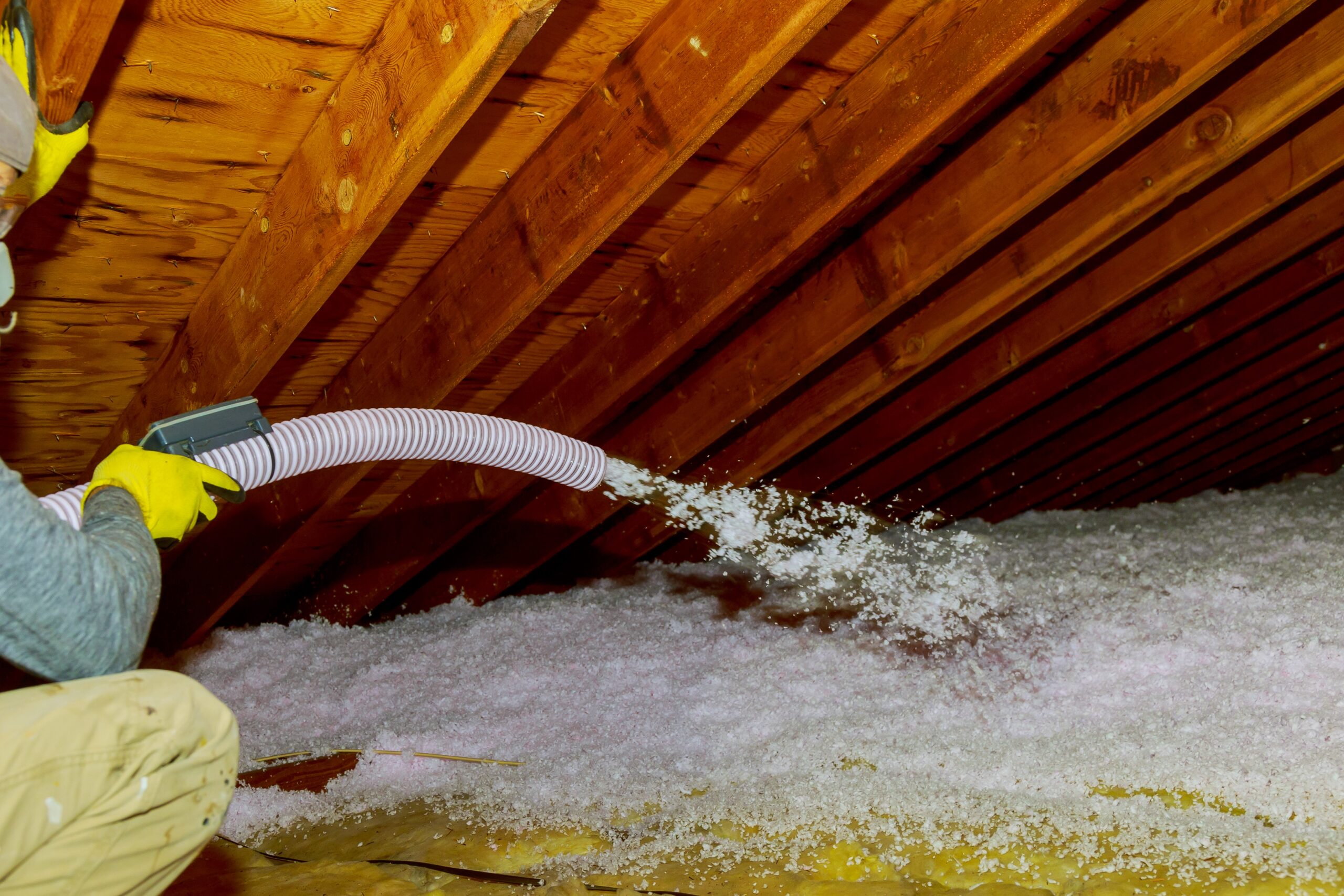
Rolled Fibreglass Bat
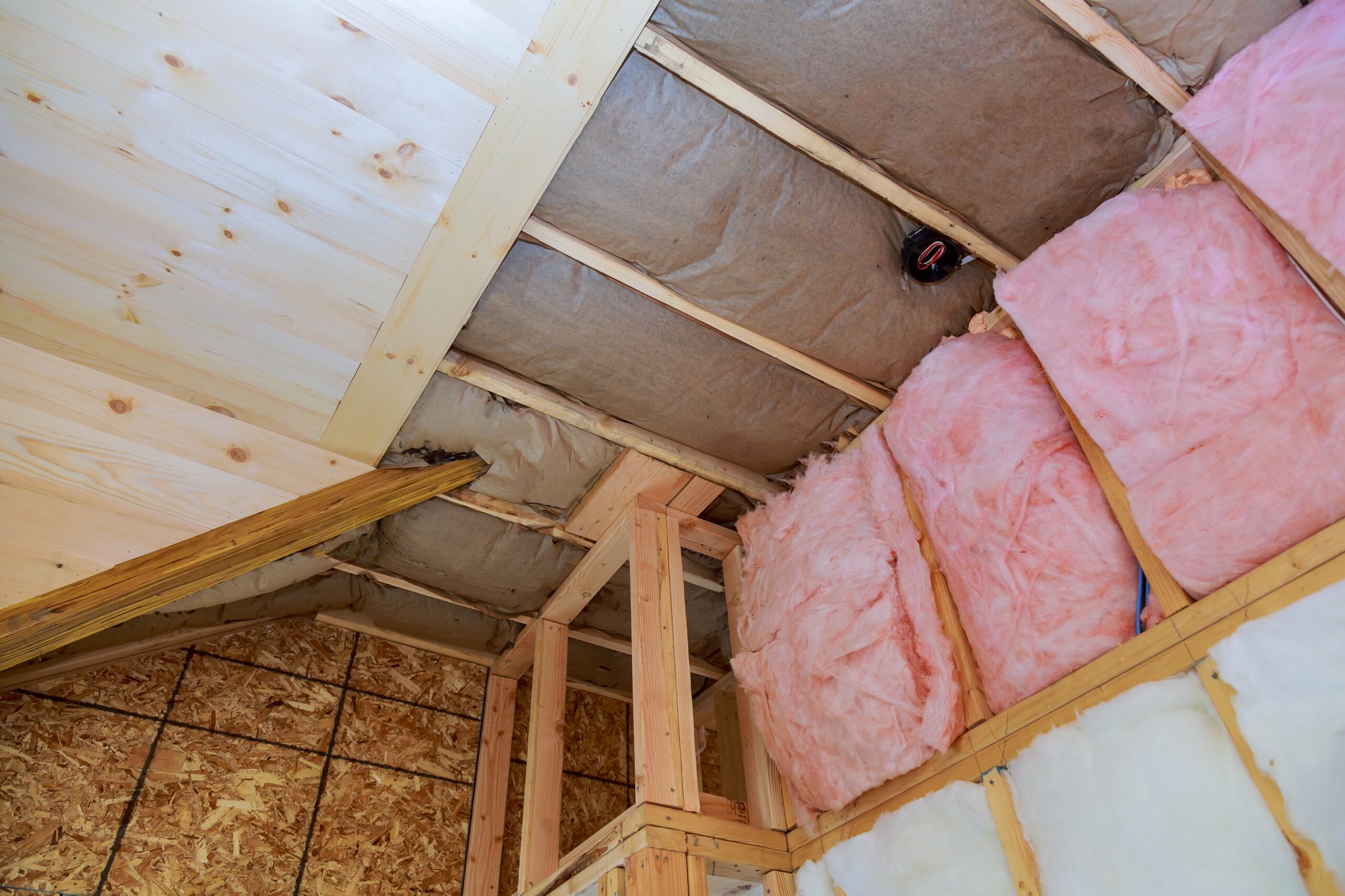
Cellulose Insulation
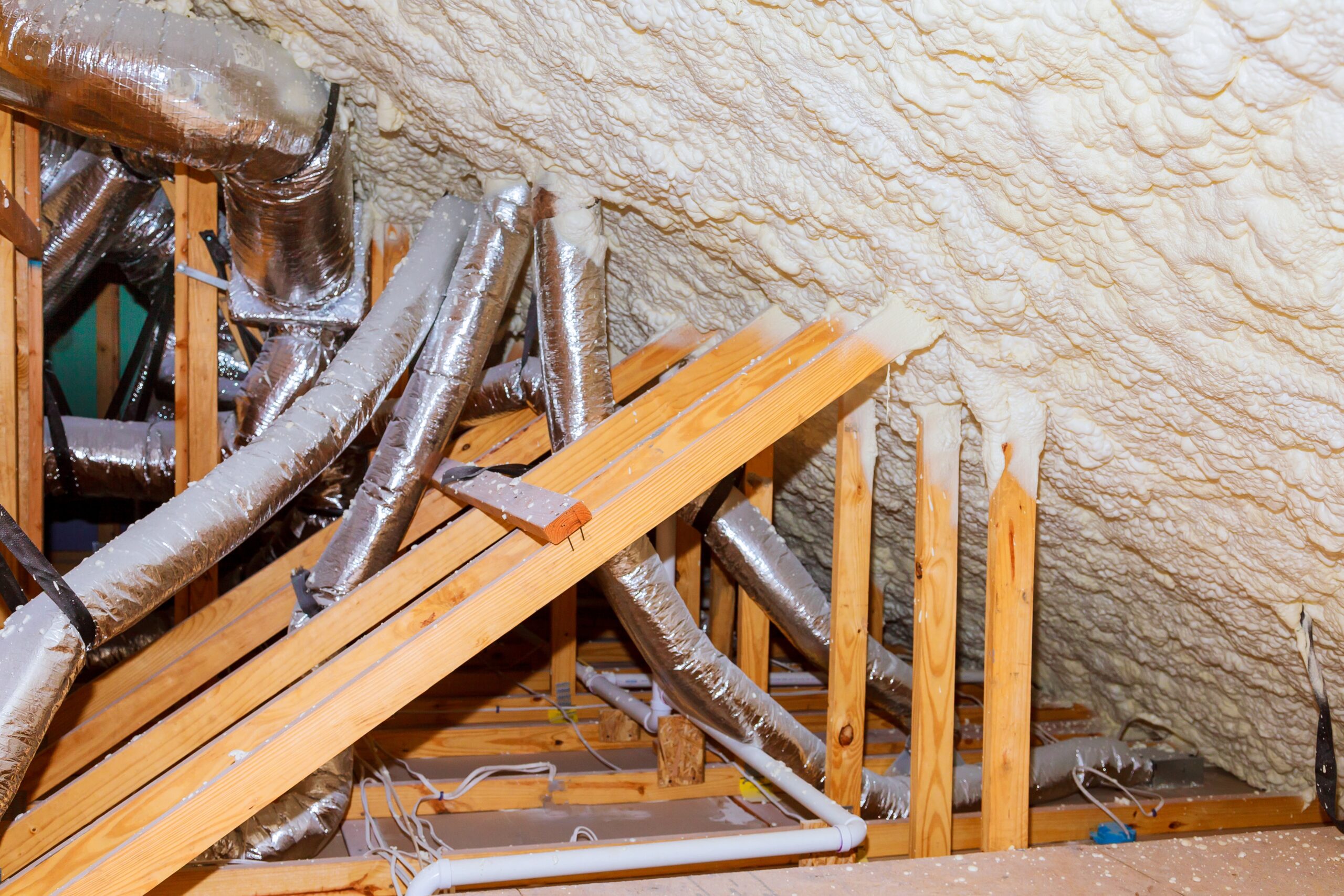
Basement Insulation
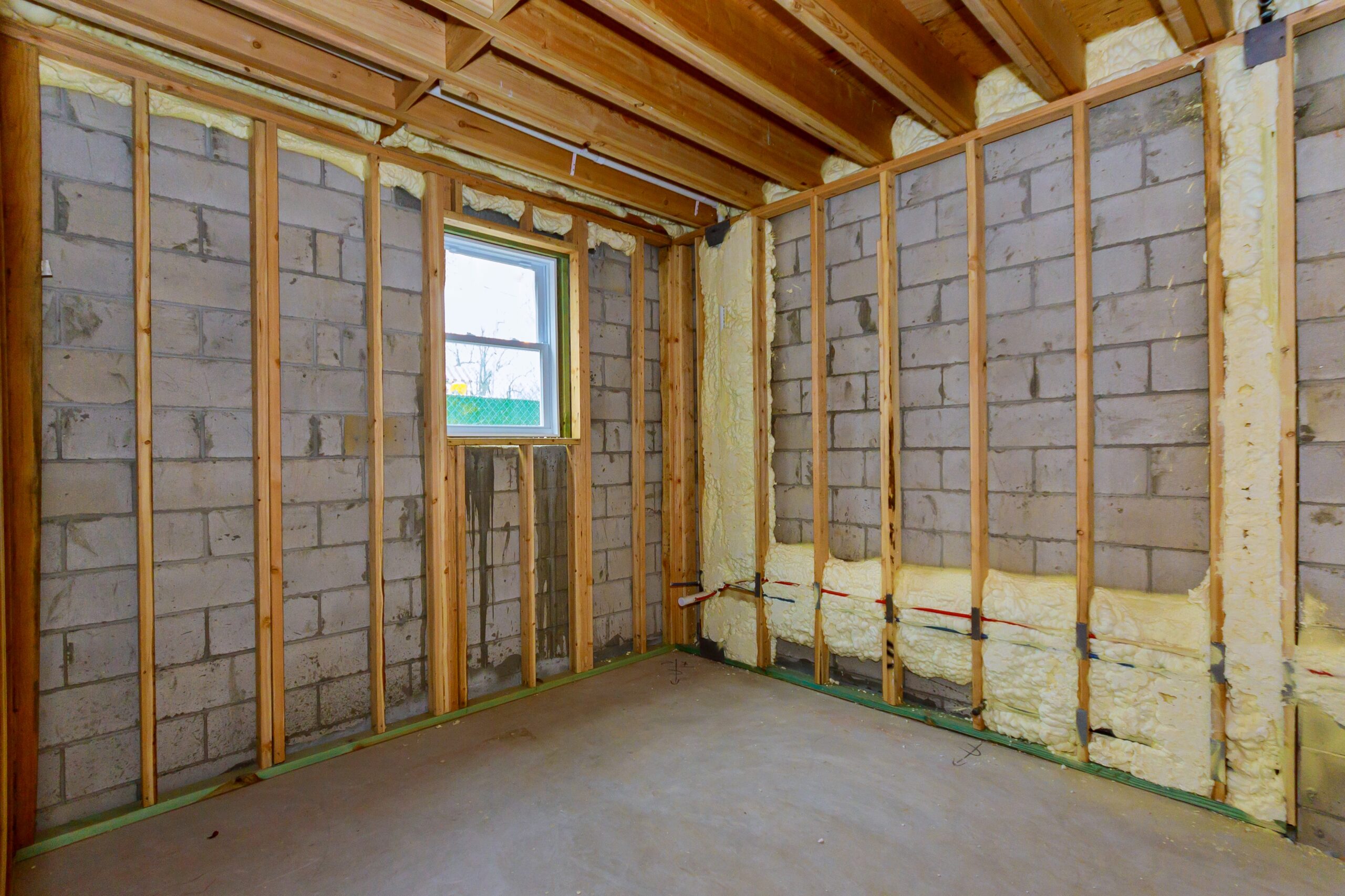
For Optimal Insulation Performance, Air Sealing is Critical
Effective air sealing is critical to insulation performance.
Tips for Sealing Air Leaks:
- Hire an energy assessor or other weatherization expert to test your home for air tightness.
- Caulk and weatherstrip doors and windows that leak air.
- Caulk and seal air leaks where plumbing, ducting, or electrical wiring comes through walls, floors, and ceilings.
- Install foam gaskets behind outlet and switch plates on walls.
- Inspect dirty spots on any visual insulation for air leaks and mold. Seal leaks with low-expansion spray foam made for this purpose and install house flashing if needed.
- Look for dirty spots on your ceiling paint and carpet, which may indicate air leaks at interior wall/ceiling joints and wall/floor joists, and caulk them.
- Replace single-pane windows with more efficient double-pane low- emissivity windows. See the Windows section for more information.
- Use foam sealant on larger gaps around windows, baseboards, and other places where air may leak out.
- Check your dryer vent to be sure it is not blocked. This will save energy and may prevent a fire.
- Replace exterior door bottoms and thresholds with ones that have pliable sealing gaskets.
- Keep the fireplace flue damper tightly closed when not in use.
- Seal air leaks around fireplace chimneys, furnaces, and gas-fired water heater vents with fire-resistant materials such as sheet metal or sheetrock and furnace cement caulk.
Note that air sealing alone doesn’t eliminate the need for proper insulation to reduce heat flow through the building envelope. Air sealing will ensure proper airflow throughout the home – it will affect both air moisture and oxygen levels. Air sealing, particularly in the attic, will efficiently control airflow from inside the home to the outside of the home. When insulation is being removed and/or reinstalled, air sealing is key to the performance of the newly installed insulation. Today, building codes may even require air sealing as part of the project.
Cash rebates are available in ontario
You can take advantage of several home energy rebates that will offset the cost of your insulation project. Each rebate offer has specific upgrade targets and requisites.
Enbridge Gas offers a Home Energy Conservation Program (for two upgrades)
Ontario’s AffordAbility Fund is for electricity customers (certain income levels)

Ice Damming & Attic Upgrades
Why upgrade my attic insulation?
Most homes in Manitoba were built during a period of time when energy was cheap and plentiful. As a result little attention was given to energy efficiency. With today’s modern energy
costs it pays dividends to be more energy efficient.
Typically the primary reason for retrofitting your home’s insulation is energy savings, so make every dollar count! If you are going to insulate, insulate your attic, it is here where most
homeowners are typically able to achieve the highest increase in insulation, over the largest area of space, for the most reasonable cost.
Winnipeg has seen a glut of colder than normal winters lately. Maybe you’ve noticed a problem with your attics performance which was not apparent in warmer years. Deal with it before the
next deep freeze and put an end to the long term damage done by excessive moisture accumulation and ice-dams.
What materials should i use?
We will typically recommend one or a combination of blown in loose fill insulation and spray foam.
Spray foam is a versatile product with a high R value per inch, it is also a vapor barrier as well as an insulator. It is good for creating a continuous vapour barrier over a variety of rough surfaces and penetrations and can also be sprayed directly on the roof deck in sloped attics.
Loose fill insulation is resistant to mold and made with non-flammable recycled material.
Don't just top up your insulation!
Many people are poorly served by simply topping up existing insulation levels. Your attic is a complex system separating the generally warm moist inside environment from the cold
Winnipeg winter.
Typically, older attics will not only have very little insulation but also lack ventilation and a suitable vapour barrier or will have holes which allow warm moist inside air entry into the attic. When an attic is warm it is common to see snow melting off the roof while other roofs remain covered in snow. In severe cases, as snow accumulates it begins to insulate your roof to the point
where the bottom layer of snow will melt and freeze with fluctuating temperature causing an ice dam. As well as forming icicles, an ice dam can work up and behind the shingles where it melts and causes leaking inside the attic.
Changing a leaky attic from warm to cold by adding insulation without stopping the leak will often allow excessive condensation to form on the cold underside of the roof where it can melt
and damage the roof, insulation, and ceiling. Upgrades to attic insulation should always be performed with complementary retrofits including installing appropriate ventilation, and air sealing penetrations such as bathroom fans, plumbing stacks, electrical wires, pot lights and other fixtures. When properly assessed and upgraded, attics keep the heat in and the moisture out.
My attic is a problem that needs fixing.
If the damage is too severe or recurring for a long time, bulk moisture has made its way into the attic causing damage and the insulation needs to be removed and the problem addressed.
However unfortunate these situations are we are equipped to deal with them. Don’t waste the opportunity made by removing damaged material to perform a full inspection of the air/vapor barrier. It is an opportunity to correct moisture problems once and for all.
Why You want Blown-In Cellulose
Proper Home Temperature
Adding insulation into your attic will help regulate the temperature throughout the house to avoid hot and cold zone.
prevents ice damming on roof
Ice damming is caused by two major factors: low insulation levels and insufficient airflow.
Fire and mould retardant
Cellulose insulation is fire and mould retardant making it the leading product to use in your attic for peace of of mind.
highest r-value per dollar
Cellulose is the most cost effective way to upgrade your attic insulation, being able to obtain 3.8 R-value per inch. This provides you with the highest R-value per dollar over other types of insulation.
Up to 40% savings on energy bills
Attic insulation upgrading can reduce your heating and cooling cost by up to 40% (with an ROI within 2 years on avg).
Keep pests out
If you notice pests in your attic (birds, mice, even raccoons), that means it’s time to upgrade your insulation to blown-in cellulose. It’s pest resistant, but is safe for your family and the environment.



